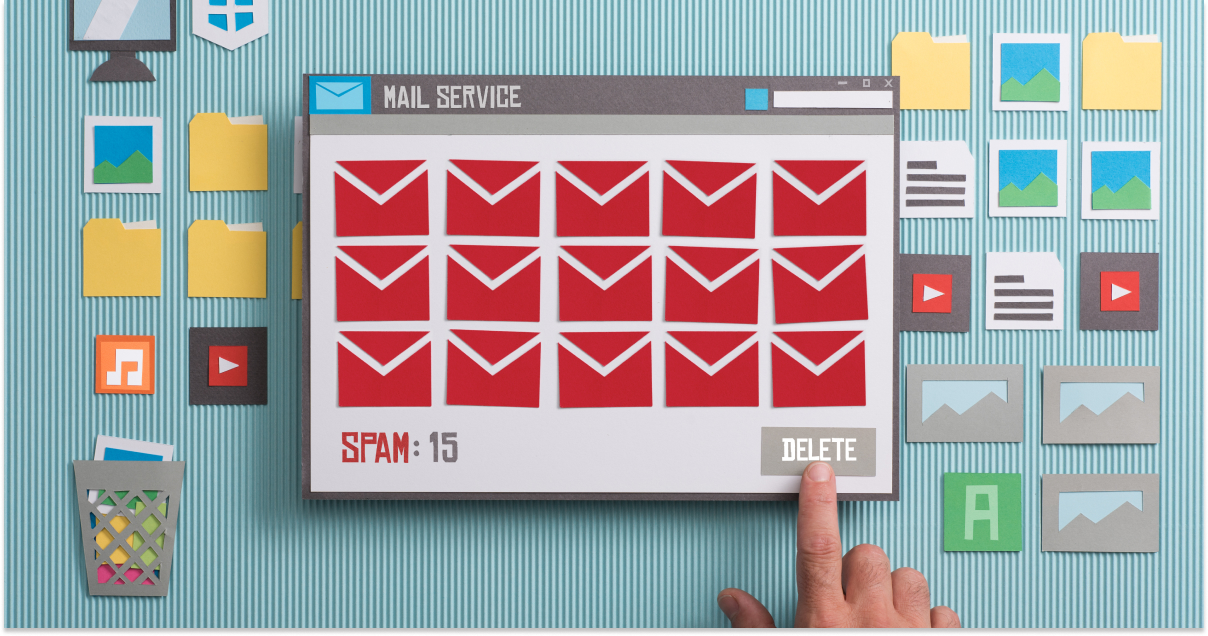As the CEO or CIO of a business, you know that every asset counts. Each device, application, and piece of software is integral to your team’s success. However, without a robust system to manage these assets, they can quickly become a source of unnecessary expense and security risks.
Asset lifecycle management (ALM) offers a solution — a framework to optimize the use of IT resources throughout their lifecycle, ensuring they contribute value every step of the way.
Overview of Asset Lifecycle Management
At the heart of ALM is the desire to enhance the value derived from every IT asset. This involves a detailed process, managing each phase of an asset’s life with precision and foresight. By focusing on the lifecycle of assets, startups can improve operational efficiencies, reduce costs, and bolster their cybersecurity measures.
The lifecycle of an IT asset goes through several stages:

- Planning and Procurement: Identifying the need for new assets and acquiring them.
- Operation and Deployment: Integrating these assets into your daily operations.
- Maintenance and Management: Ensuring the assets remain in good working condition and are used effectively.
- Disposal and Replacement: Responsibly disposing of assets at the end of their lifecycle and replacing them when necessary.
Stay with us as we explore the integral role of ALM in driving your startup’s success.
Stage 1 – Planning and procurement
The commencement of an asset’s lifecycle begins with Planning and Procurement. It’s a stage that demands careful consideration, as the decisions made here have long-term repercussions for a startup’s operational efficiency and financial health.
Assessing needs and requirements:
Planning involves a thorough assessment of your startup’s current and future needs. It’s about understanding the workload, the type of projects you undertake, and the tools your team needs to succeed. Ascertaining these needs with precision is the first step in ensuring that you only acquire assets that provide real value to your organization.
Vendor evaluation and selection:
Choosing the right vendor is crucial. It’s not just about who offers the lowest price, but who provides the best value. Considerations include warranty offerings, customer service quality, and vendor reliability. This phase often requires startups to balance quality with cost-effectiveness, aiming for the best return on investment.
For startups in the Asia Pacific, this can be a challenge due to the diverse range of markets and regulations. Esevel simplifies this process with a marketplace of over 2000 IT devices and peripherals from 80 brands, allowing for informed decisions and access to a wide array of options.

Making strategic purchases:
Procurement is more than just the act of purchasing; it’s about strategic investment in your company’s future. It’s where you align your budget with your IT requirements, ensuring that every asset you acquire can scale with your business and won’t become obsolete in the short term.
Catalog customization:
Building a custom catalog of IT devices and peripherals specific to your company’s needs is not just about preference, but also about creating a streamlined process for future requisitions. This curated approach helps maintain consistency in the tools your team uses, which can simplify IT support down the line.
Financial planning:
A crucial but often overlooked aspect of procurement is financial planning. It involves not just the capital expenditure for purchasing assets but also considering the total cost of ownership, which includes maintenance, support, and potential downtime costs. Much like managing IT costs, understanding broader financial liabilities is crucial for business leaders. In both corporate and personal settings, resources must be budgeted, tracked, and optimized over time whether you’re dealing with hardware investments or exploring solutions like debt relief to manage financial strain.
Procurement and integration:
Once the procurement process concludes, the focus shifts to how these assets will integrate into the existing setup. The ease of this integration is directly influenced by the decisions made during the planning and procurement phase. Ensuring compatibility with existing systems and processes is key to a smooth transition into the next lifecycle stage.
Stage 2 – Operation and deployment
Once the planning and procurement stage is thoughtfully navigated, the focus shifts to operation and deployment. This is the stage where assets are integrated into the daily workflow and become part of the driving force behind your startup’s productivity.
Seamless integration into workflows:
The deployment of IT assets involves more than just physical installation. It includes the configuration of software, setting up user accounts, and integrating assets into your team’s daily operations. Effective deployment minimizes disruption and sets the stage for optimal asset utilization.
Employee training and onboarding:
A critical component of this stage is ensuring that your team is well-equipped to use these new assets. Adequate training and a smooth onboarding process are essential for maximizing the benefits of the new tools at their disposal.
Monitoring and performance tracking:
With assets in place, continuous monitoring of their performance becomes a priority. Tracking how IT assets are utilized can provide insights into their efficiency and inform decisions regarding maintenance, updates, and potential enhancements.
Ensuring security from the start:
Deploying IT assets also involves securing them. Establishing robust security measures, such as access controls and encryption, is integral to protect sensitive information and maintain the integrity of your startup’s operations.
Preparing for support and maintenance:
The deployment phase should also account for the support structure needed for these assets. This includes setting up a helpdesk or ticketing system to handle any issues that arise, ensuring that asset-related problems are resolved swiftly to avoid downtime.
Stage 3 – Maintenance and management
After the assets are operational, maintenance and management become the keystones to preserving their value and extending their lifecycle. This stage is about proactive upkeep and efficient management to ensure the assets continue to serve the strategic needs of the startup.
Proactive upkeep and regular maintenance:
Scheduled maintenance is essential to prevent disruptions. This can range from software updates and patches to hardware check-ups. Consistent maintenance not only extends the life of the assets but also ensures they run efficiently and securely.
Asset performance optimization:
An asset’s performance can degrade over time if not managed properly. Optimization efforts involve regular reviews of how the assets are performing and making adjustments to configurations or usage practices to improve efficiency and productivity.
Inventory management and tracking:
Effective asset management includes keeping a detailed inventory that tracks the status, location, and condition of each asset. This comprehensive view aids in forecasting future needs and making informed decisions about upgrades or additional procurements.
License and compliance management:
Staying on top of software licenses and compliance requirements is a crucial part of asset management. Ensuring that all assets are properly licensed and compliant with relevant regulations helps avoid legal issues and potential fines.
Helpdesk and user support:
A responsive helpdesk is vital for addressing user issues and minimizing downtime. Prompt support ensures that any problems are quickly resolved, maintaining operational continuity and user productivity.
Cost management and budget optimization:
Keeping a close eye on the costs associated with maintaining and managing IT assets is essential. Regular cost analysis can identify opportunities for savings and help optimize the budget allocated for IT expenditures.
Stage 4 – Disposal and replacement
The final chapter in an asset’s lifecycle is its disposal and replacement, which must be handled with as much care as the earlier stages. This phase is crucial not only for maintaining operational efficiency but also for upholding data security and environmental responsibility.
Strategic asset retirement:
Determining the right time to retire an asset is a strategic decision. It involves assessing the asset’s performance, its maintenance costs, and its relevance to current operations. Assets should be retired before they become a liability, but only after maximizing their value.
Data security and safe disposal:
In the disposing process of IT assets, particularly those that store sensitive data, it’s imperative to follow stringent data destruction protocols. This ensures that confidential information is irretrievable, protecting the company from potential data breaches.
Environmental considerations:
Responsible disposal is not just about data security; it’s also about environmental stewardship. Electronic waste can be harmful, so it’s important to follow proper recycling or disposal procedures to minimize environmental impact.
Planning for replacements:
Replacement planning is an ongoing process that overlaps with asset management. By monitoring asset performance and anticipating end-of-life timelines, startups can plan for replacements without disruption to operations.
Seamless transition:
A well-executed replacement strategy ensures a seamless transition from old to new assets. This includes preparing the new assets for deployment, transferring data and settings, and updating any relevant documentation or inventory records.
The disposal and replacement stage, when managed effectively, closes the lifecycle loop and sets the stage for the next generation of assets to enter the operation. This continual renewal process is essential for maintaining a dynamic and responsive IT infrastructure that supports the evolving needs of a growing startup.
Elevating your business with smart asset lifecycle management
Smart planning, vigilant maintenance, and thoughtful disposal are all pieces of the ALM puzzle that can spell the difference between mere survival and robust growth.
Understand this, Esevel offers organizations globally the tools and expertise to master their ALM journey. By partnering with us, you harness the full potential of your IT assets from purchasing to maintaining, upgrading, and retrieval.
With this, we ensure your IT assets are not just a part of your business infrastructure but key drivers of your expansion and innovation.







